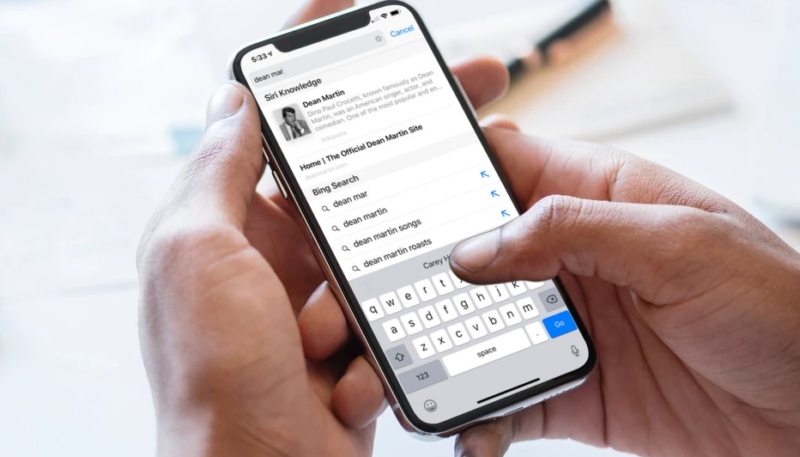As of the iOS 14.5 and iPadOS 14.5 betas, Apple is redirecting Google’s “Safe Browsing” service used in Safari through its own servers instead of Google’s. The move limits the amount of personal data Google sees about iPhone and iPad users.
As reported by MacRumors, Safari on iOS and iPadOS offers a feature called “Fraudulent Website Warning,” that when enabled prompts Safari to warn users if they’re visiting a suspected phishing site that may attempt to steal users data, like usernames, passwords, and more.
To provide this feature, Apple relies on Google’s “Safe Browsing” database of websites that are suspected of phishing or other scams. Google sends Safari a list of hashed prefixes of URLs that it has determined to be malicious. Safari then checks the website you’re attempting to visit against the list from Google. Any match in the hashed prefix results in Safari requesting the full URL link from Google. Google never sees the URL of the website you’re attempting to visit.
While Google doesn’t see the actual URL the user is attempting to visit, it might collect their IP address during its communications with Safari. However, iOS 14.5 and iPad OS 14.5 will now proxy Google’s Safe Browsing feature through its own servers instead of Google as a way to “limit the risk of information leak.”
The change in the iOS and iPadOS beta is a part of a new set of privacy-focused features for iPhone and iPad devices. In addition to the “Safe Browsing” feature, iOS 14.5 also requires apps to request a user’s permission before tracking their movements across other apps and websites.


